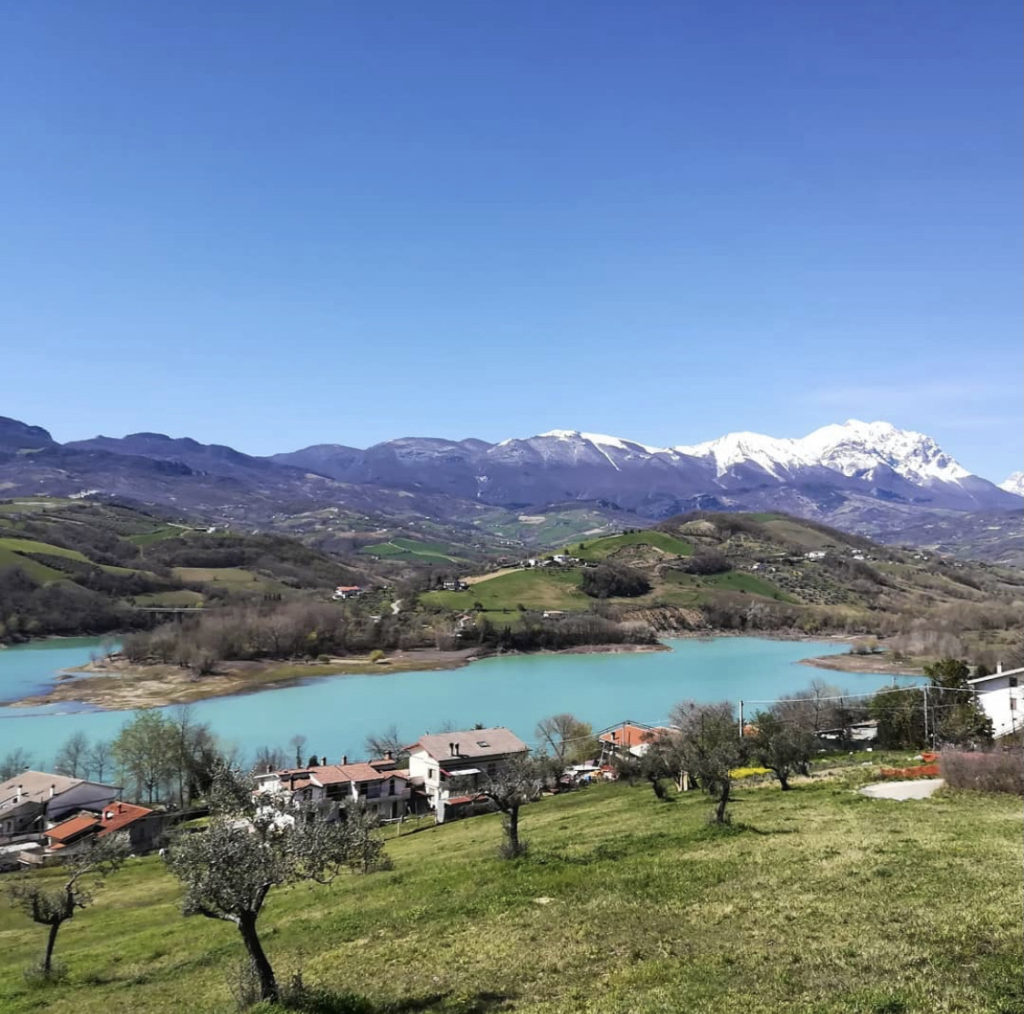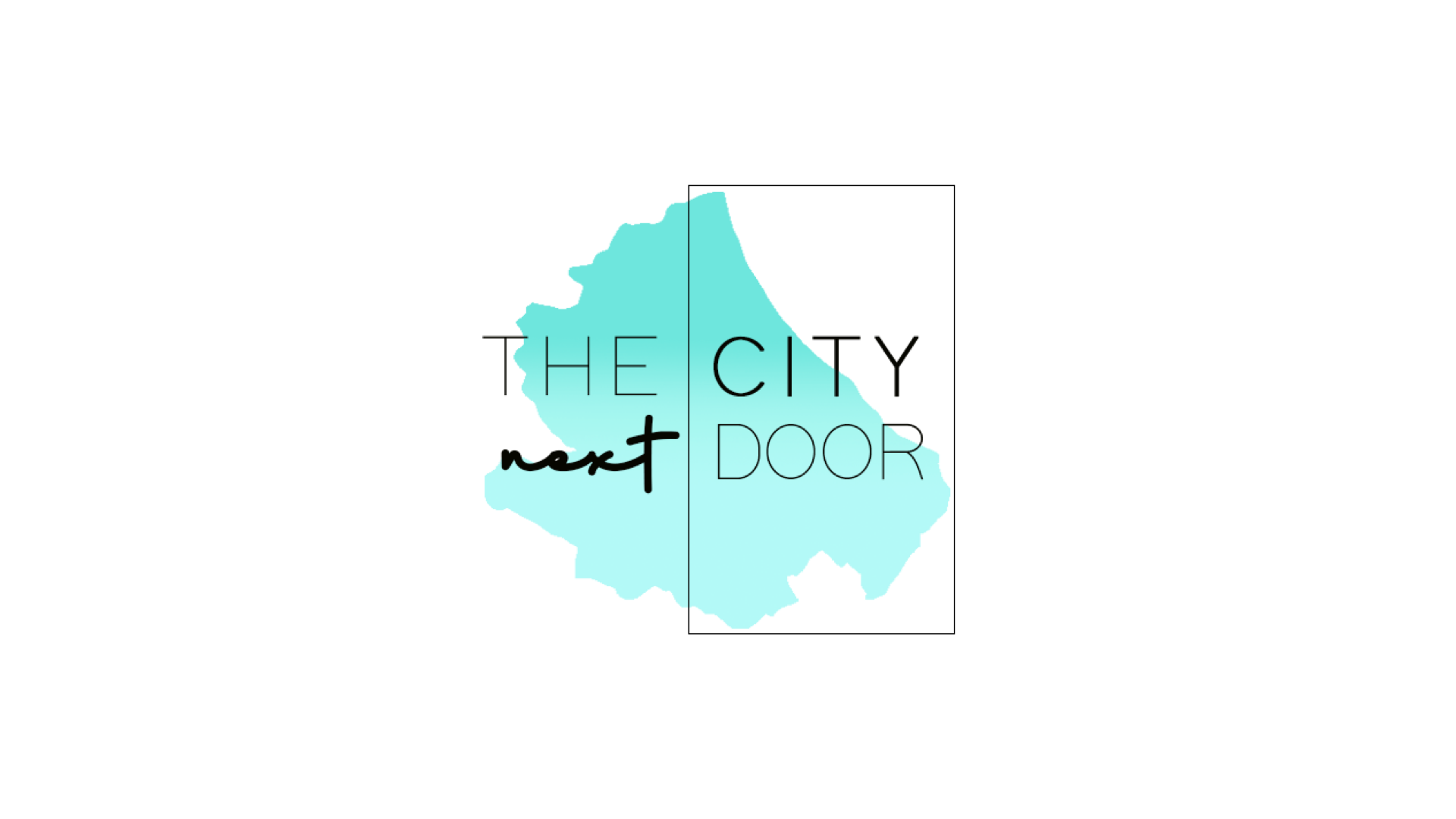The featured image of this post was kindly provided by @dipaolomaurizio
Recently we have shared a series of posts to show the various options Abruzzo offers in terms of slow and sustainable tourism, it’s not a case that Abruzzo has been given the title of the greenest region in Europe.
Therefore, and given the infinite alternatives you will find in Abruzzo, it’s possible to practice different types of tourism (while always being gentle to the environment and protecting and valuing the cultural and natural heritage). In regards to this, in Italy there are 313 villages that belong to an exclusive club called I Borghi più belli d’Italia (the most beautiful villages in Italy). However, who rates the villages? What are the requirements? Are these titles granted indefinitely? Let’s try to answer each of these questions.
I Borghi piu' belli d'Italia
The association of I Borghi più belli d’Italia, was created in March of 2001 “from the need to value the great heritage of history, art, culture, environment and traditions of small villages, which are mostly left aside by the tourists”.
In this particular case, the towns asked to be included in the association, by filling several forms available on the official website of I Borghi più belli d’Italia. Once they are in the club, regular evaluations will be performed and in case one of the villages doesn’t meet the criteria anymore, they will be expelled and won’t be able to use the association’s brand anymore.
In terms of the requirements to be part of this club, “la Carta di Qualità” (the quality card), lists the following aspects: the population in the historic centers must not exceed 2.000 inhabitants, urban quality (how easy is to access to the villages), architectural quality (presence of symbolic decoratives elements) and make public through facts what is going to be the policy in terms of valorization, development, promotion and recreation of the village’s heritage.
The most beautiful villages of Italy in Abruzzo
The total villages that belong to the association of I Borghi più belli d’Italia are 313. In Abruzzo it’s possible to find 24 of these 313 villages. Abruzzo is also the third region with the highest number of towns in the association along with the region of Liguria and only behind Marche and Umbria (both with 28) and Toscana (26).
As you may know, Abruzzo is formed mainly by 4 cities (Pescara, Teramo, Chieti and Aquila, the last one is also the capital of the region), and each of these cities are formed by several villages.
This post is about to show you the most beautiful villages that belong to the jurisdiction of the city of Pescara.
The most beautiful villages of Italy in Pescara
Within the city of Pescara, there are 4 villages that belong to the club of I Borghi più belli d’Italia. Each and one of them reflects the beauty of Abruzzo in its own way.
Abbateggio
Also known as the “paese presepe” o “il paese del farro”, Abbateggio is located right at the foot of the Maiella mountain. It’s the ideal start point for trekking tours to the Orfento Valley or to discover the hidden eremi in the Maiella National Park through the Sentiero dello Spirito (path of the spirit). Additionally and not far from Abbateggio, just 5 Km. away, there is the Giumentina Valley, one of the many protected areas in Abruzzo and an ideal place to practice forest bathing.
Its typical dish is farro soup and salad.
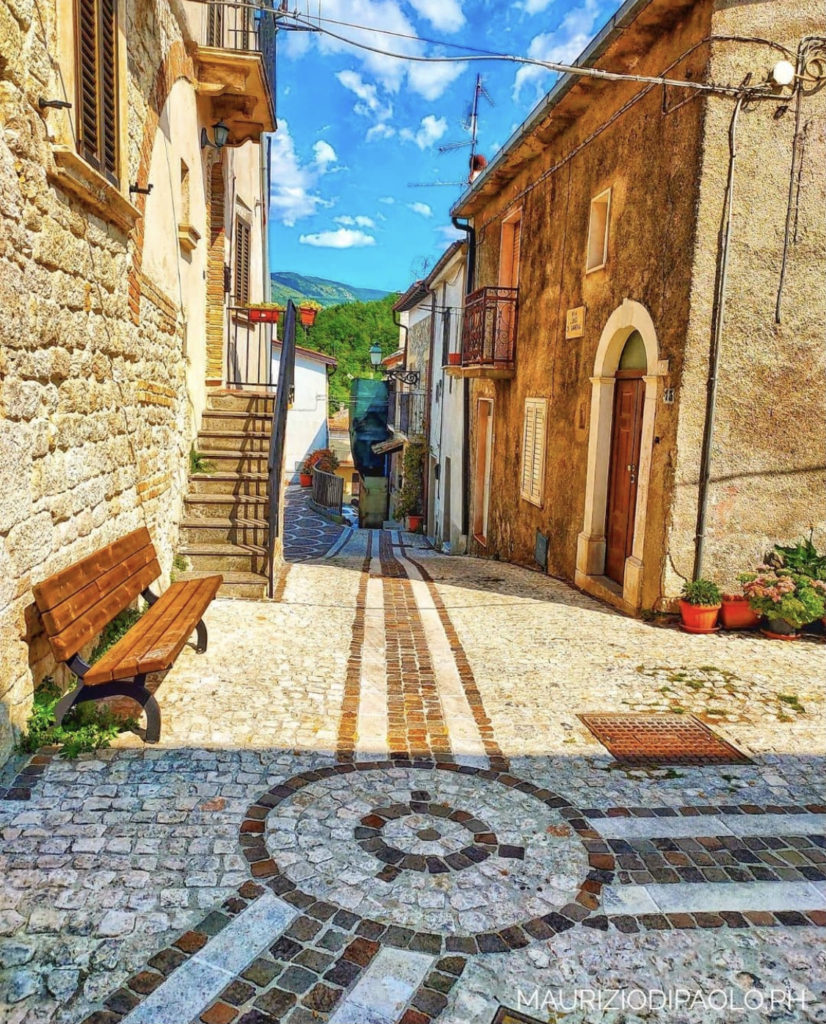
Abbateggio - @dipaolomaurizio
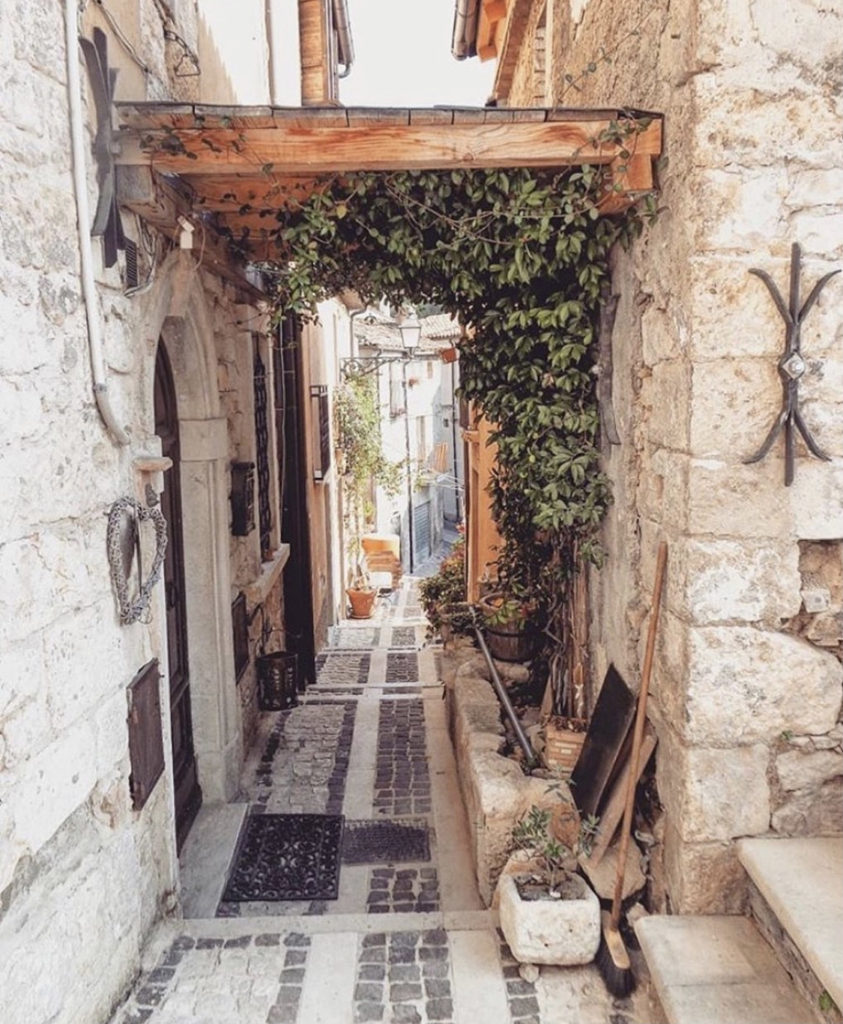
Abbateggio - @mirellapetrongolo
Caramanico Terme
The village of Caramanico Terme, considered by many the gem of the Orfento Valley, is located within the territory of the Maiella National Park. It still preserves its original medieval structure, made up of remains of walls and houses, old gates and peculiar alleys. This village is also known for its thermal waters and its therapeutic benefits.
Among the places to visit in the town of Caramanico Terme and surroundings stand out, the Orfento Valley, the Abbey of Santa Maria Maggiore and the Eremo Celestiniano di San Giovanno all’Orfento.
“Il Millefiori della Maiella” of Pietro Amoroso, was declared in 2008 as the best honey in Italy.
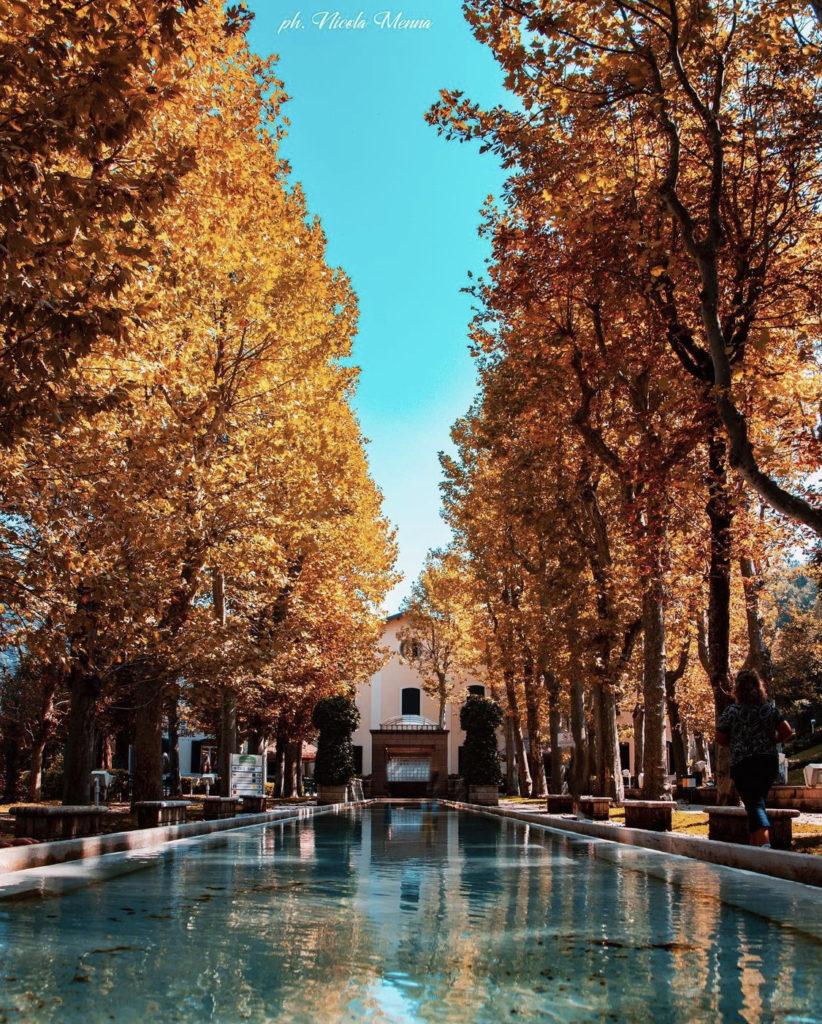
Caramanico Terme - @mennic94
Citta' Sant'Angelo
The town of Città Sant’angelo was mentioned in 2018 by the Forbes Magazine as one of the top ten places to live in the world. Citing the article: “Abruzzo has everything Tuscany offers and more – at a fraction the cost.”
The village offers stunning panoramic views of Abruzzo’s mountains and the Adriatic Sea. Its architectural assets are of great value and there are numerous cultural and food and wine events that take place during the year. Additionally, Città Sant’angelo is also known as the wine and olive oil city, slow city and green city.
Well known is its production of Montepulciano d’Abruzzo, Trebbiano, Cerasuolo and Pecorino wines.
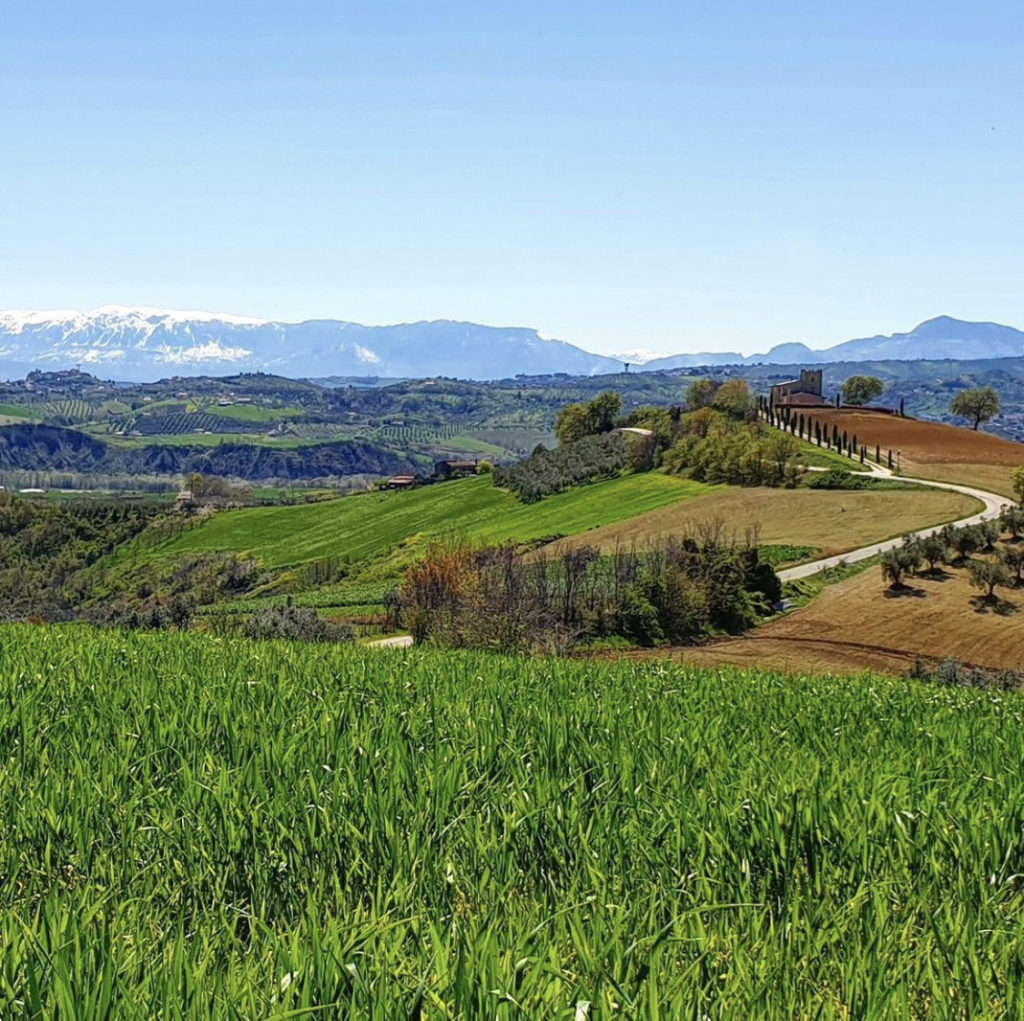
Città Sant'Angelo - @visit_cittasantangelo
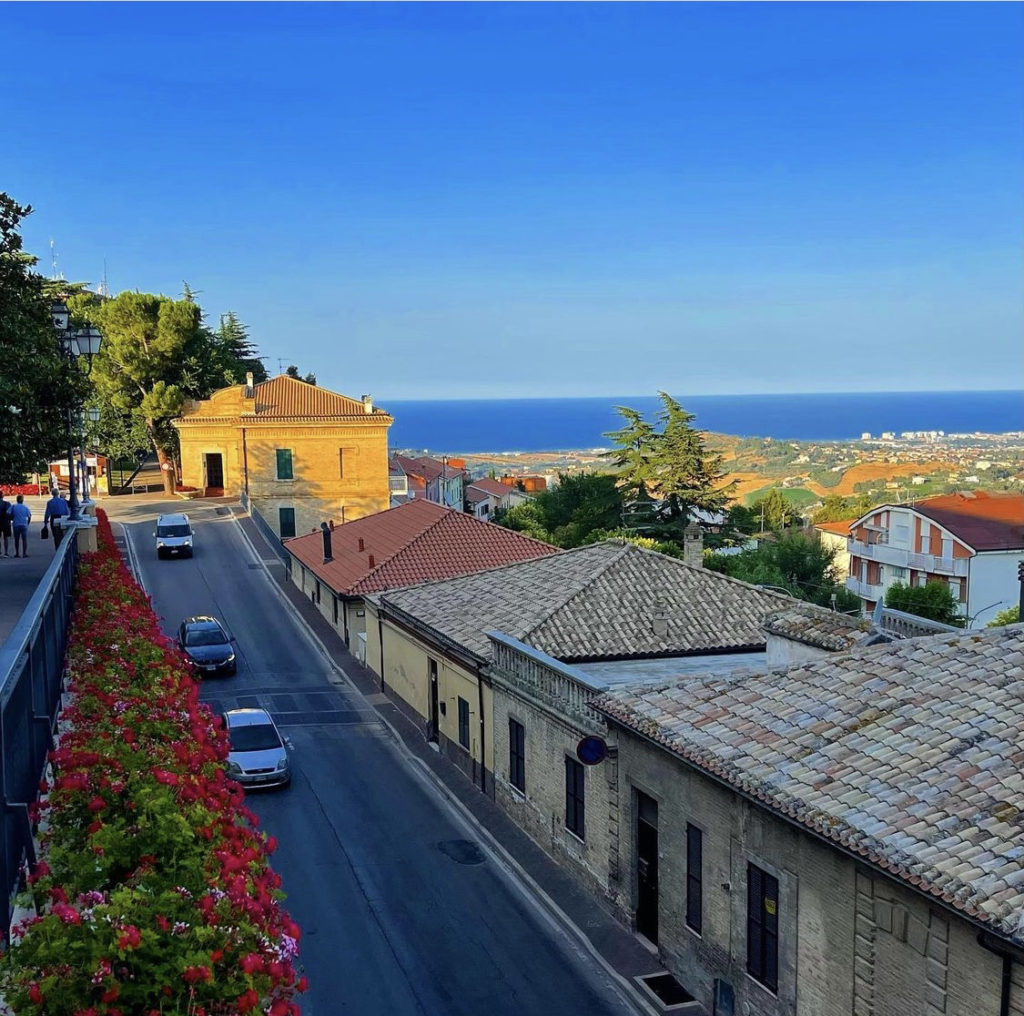
Città Sant'Angelo - @talitabaisi
Penne
The town of Penne is known for its spiritual essence and for its strong connection with San Franceso di Assisi. In fact, at the entrance of the town it’s possible to admire a statue dedicated to the saint to remember his passage through what is now Penne, in the year of 1.216.
Additionally, Penne is also known as “Città del Mattone” (the brick city), due to the extensive use of bricks in the vast majority of buildings and in some of the streets.
The most representative places to visit in Penne are the church of San Nicola, the Castiglione Palace, the Cathedral dedicated to San Massimo and one of the most wonderful reserves in the entire region, la Riserva Naturale del Lago di Penne (the Lake Penne Nature Reserve). This reserve is the perfect place for e-bike or canoe tours and in addition, it’s also the starting point of numerous trekking tours that lead to other iconic places of the Abruzzo such as the Voltigno and Campo Imperatore.
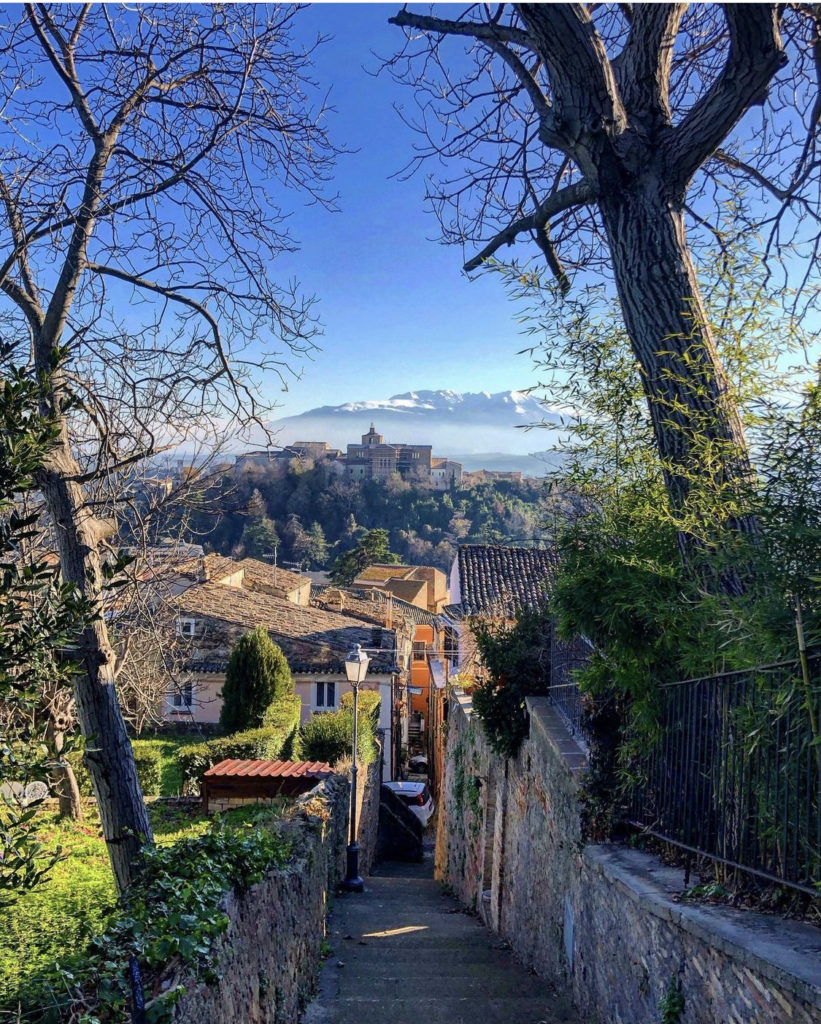
Penne - @alessandro.mattucci
